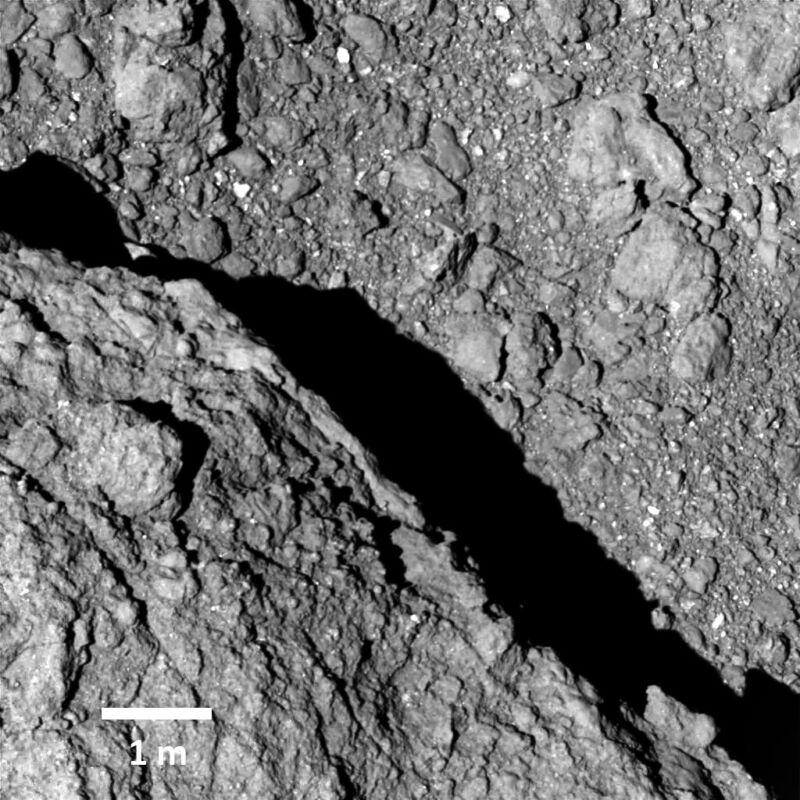How the perils of space have affected asteroid Ryugu

Enlarge / The surface of Ryugu. Image credit: JAXA, University of Tokyo, Kochi University, Rikkyo University, Nagoya University, Chiba Institute of Technology, Meiji University, Aizu University, AIST (credit: JAXA)
An asteroid that has been wandering through space for billions of years is going to have been bombarded by everything from rocks to radiation. Billions of years traveling through interplanetary space increase the odds of colliding with something in the vast emptiness, and at least one of those impacts had enough force to leave the asteroid Ryugu forever changed.
When the Japanese Space Agency’s Hayabusa2 spacecraft touched down on Ryugu, it collected samples from the surface that revealed that particles of magnetite (which is usually magnetic) in the asteroid’s regolith are devoid of magnetism. A team of researchers from Hokkaido University and several other institutions in Japan are now offering an explanation for how this material lost most of its magnetic properties. Their analysis showed that it was caused by at least one high-velocity micrometeoroid collision that broke the magnetite’s chemical structure down so that it was no longer magnetic.
“We surmised that pseudo-magnetite was created [as] the result of space weathering by micrometeoroid impact,” the researchers, led by Hokkaido University professor Yuki Kimura, said in a study recently published in Nature Communications.

